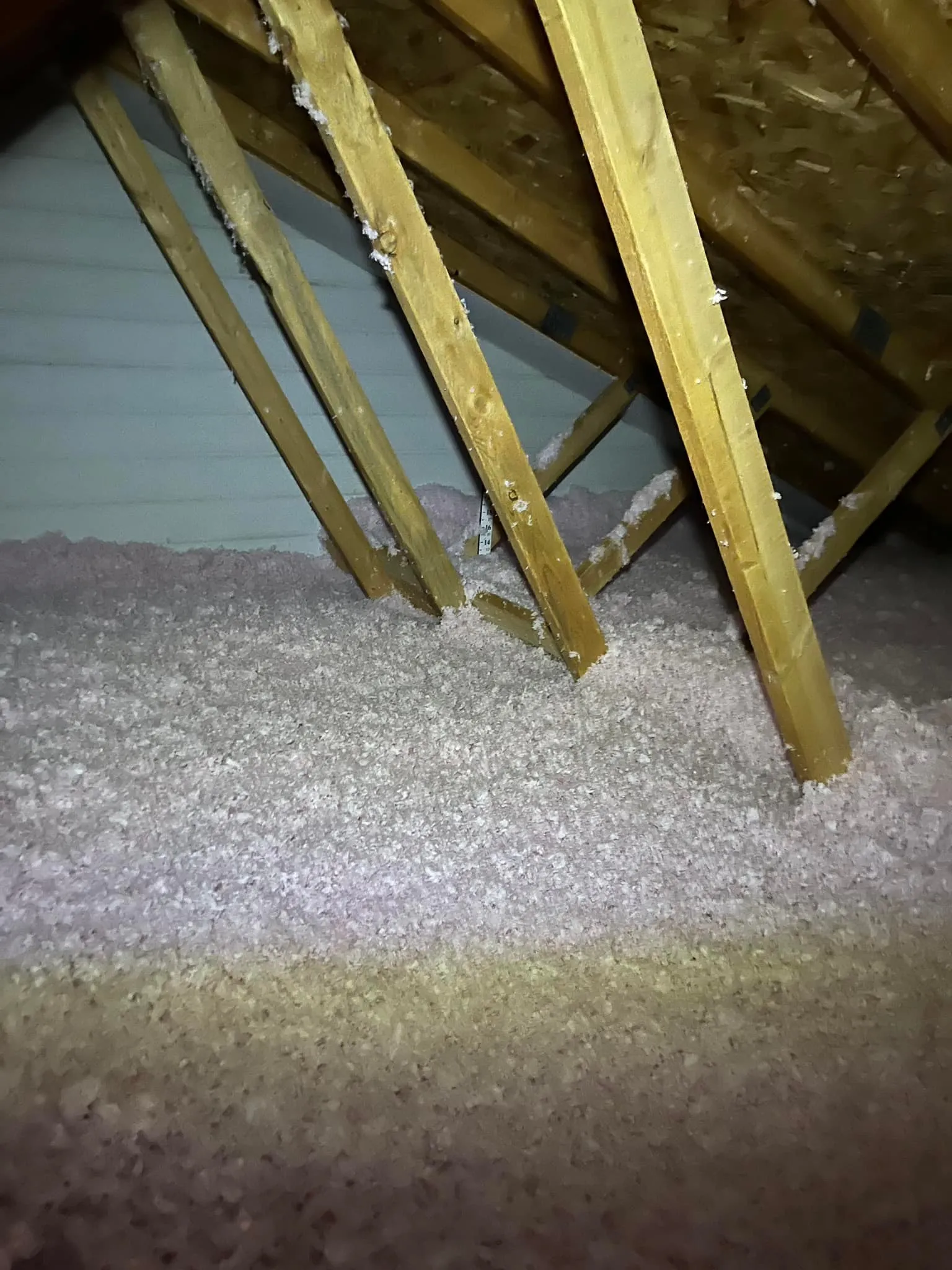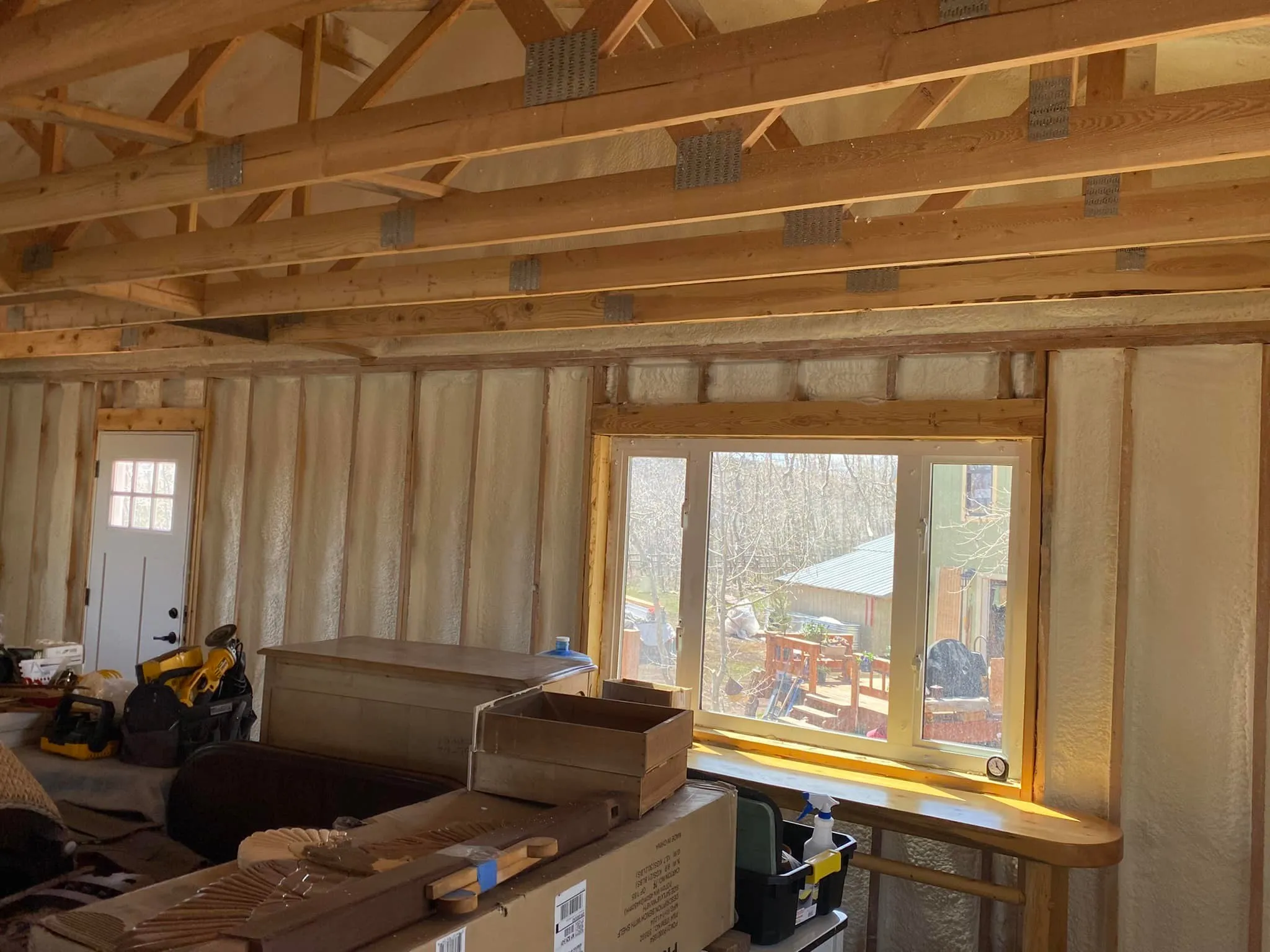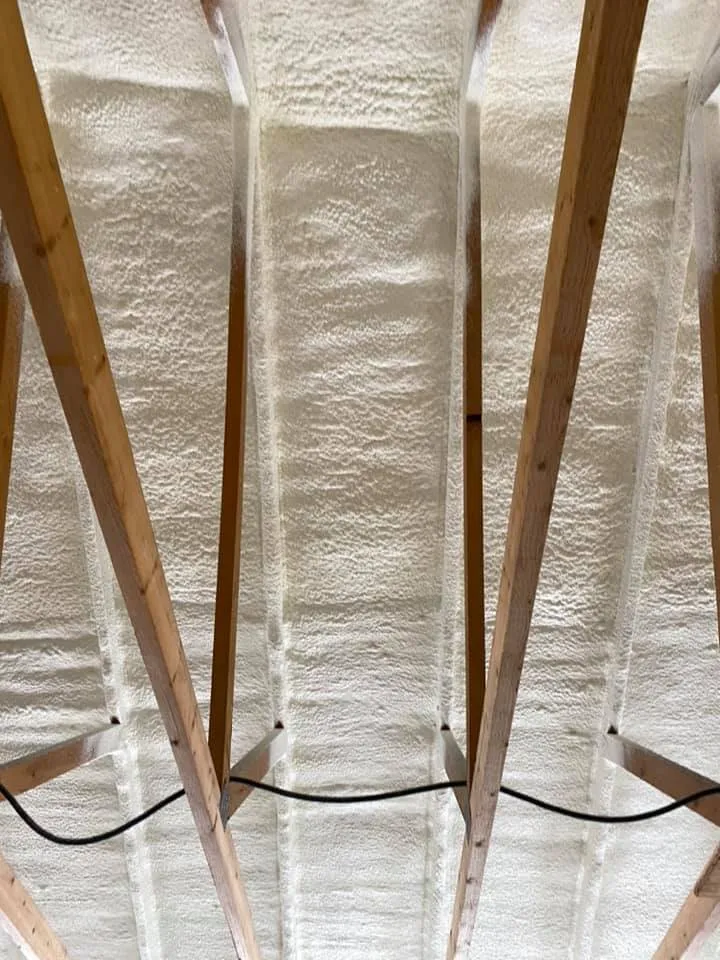
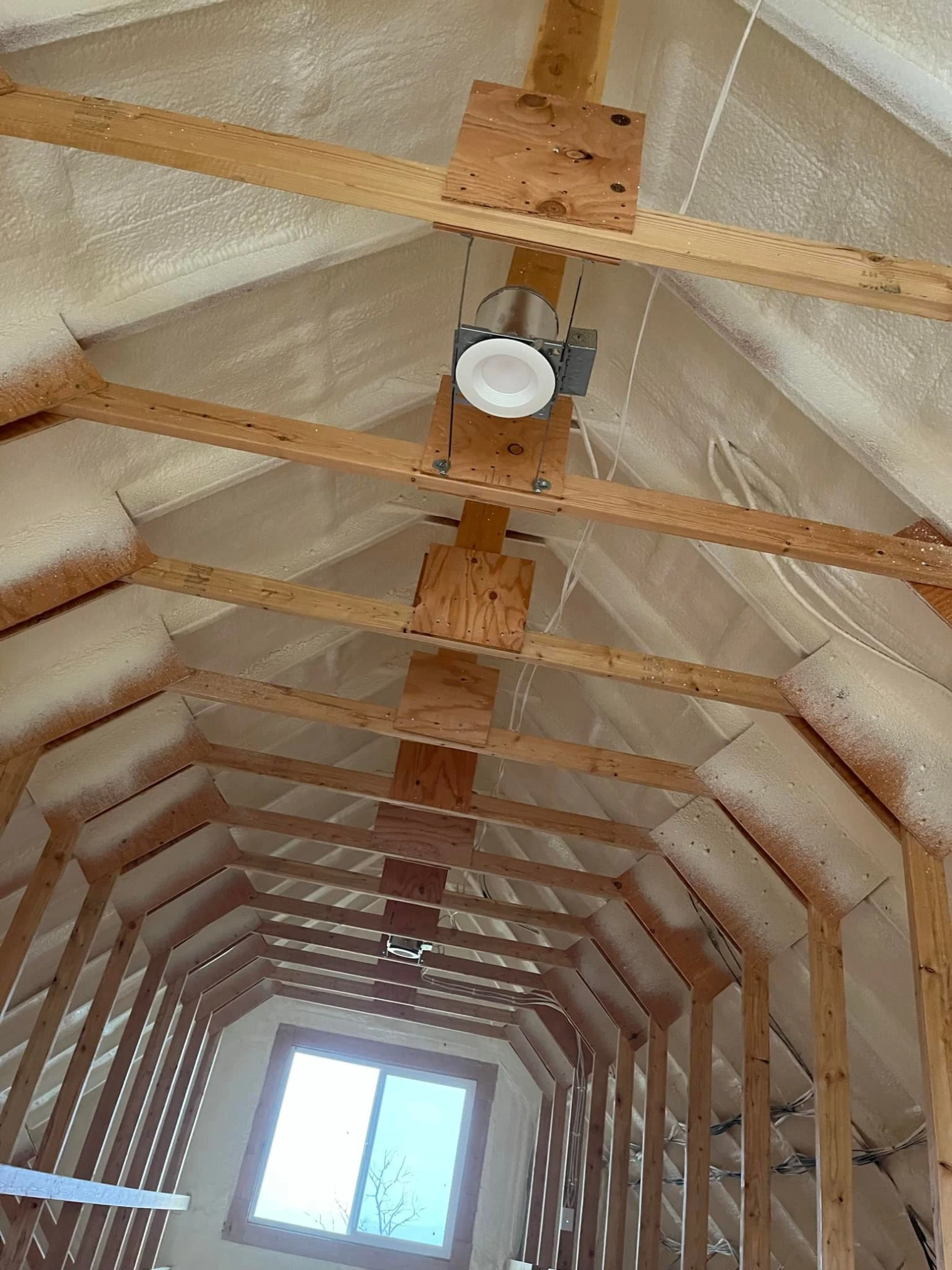
Spray foam insulation provides reliable thermal performance in Jackson Hole’s extreme winter conditions. Both open and closed cell spray foams maintain air-tight seals and stable R-values even during prolonged sub-zero temperatures, making them effective choices for new and existing structures. Proper installation plays a critical role in maximizing long-term benefits and ensuring moisture control.
Jackson Hole winters often include persistent snowpack, below-zero temperatures, and rapid temperature shifts. Spray foam resists ice damming, minimizes drafts, and supports HVAC efficiency during peak heating demand. This article explains how spray foam behaves in such conditions, using real-world performance data and technical comparisons based on field-tested outcomes.
High Country Solutions specializes in insulation for high-altitude, cold climate zones and brings firsthand experience with spray foam performance during Teton County winters.
Jackson Hole sits at an elevation over 6,200 feet, with winter temperatures frequently dropping below 0°F. These conditions test any insulation’s ability to maintain thermal integrity. Spray foam’s closed-cell variant particularly resists vapor intrusion, ice formation, and air leakage during such temperature cycles.
| Property | Open Cell Spray Foam | Closed Cell Spray Foam |
|---|---|---|
| Effective R-value/inch | R-3.6 to R-4.5 | R-6.0 to R-7.5 |
| Water Resistance | Low | High |
| Vapor Barrier | No | Yes |
| Expansion Rate | High (fills cavities fully) | Moderate |
| Air Sealing Ability | Excellent | Excellent |
| Freeze-Thaw Durability | Moderate | High |
| Typical Use Case (in Jackson Hole) | Interior walls, soundproofing | Roof decks, crawl spaces, exterior walls |
Bonus Tip: In homes with cathedral ceilings or vented attics, closed cell foam helps prevent ice dams by reducing heat loss through roof assemblies.
The following data summarizes performance metrics observed in projects across Jackson Hole:
| Technical Parameter | Observed Performance in Jackson Hole Conditions |
|---|---|
| Average R-value Retention | 95%+ during -10°F ambient conditions |
| Vapor Permeability (Closed) | <1.0 perm (acts as Class II vapor retarder) |
| Air Leakage Reduction | 85% reduction post-application |
| Dimensional Stability | No shrinkage or distortion over 3+ freeze cycles |
(Source: Internal field testing, 2023 insulation audits by High Country Solutions; supported by DOE Cold Climate Housing Research)
Installation sequence, substrate prep, and cure-time adaptation for ambient cold are critical in Jackson Hole. When applied during winter construction:
Bonus Tip: For crawl spaces and rim joists, combining closed cell foam with air sealing prevents cold floors and frost intrusion.
Several considerations influence whether spray foam is the right insulation choice:
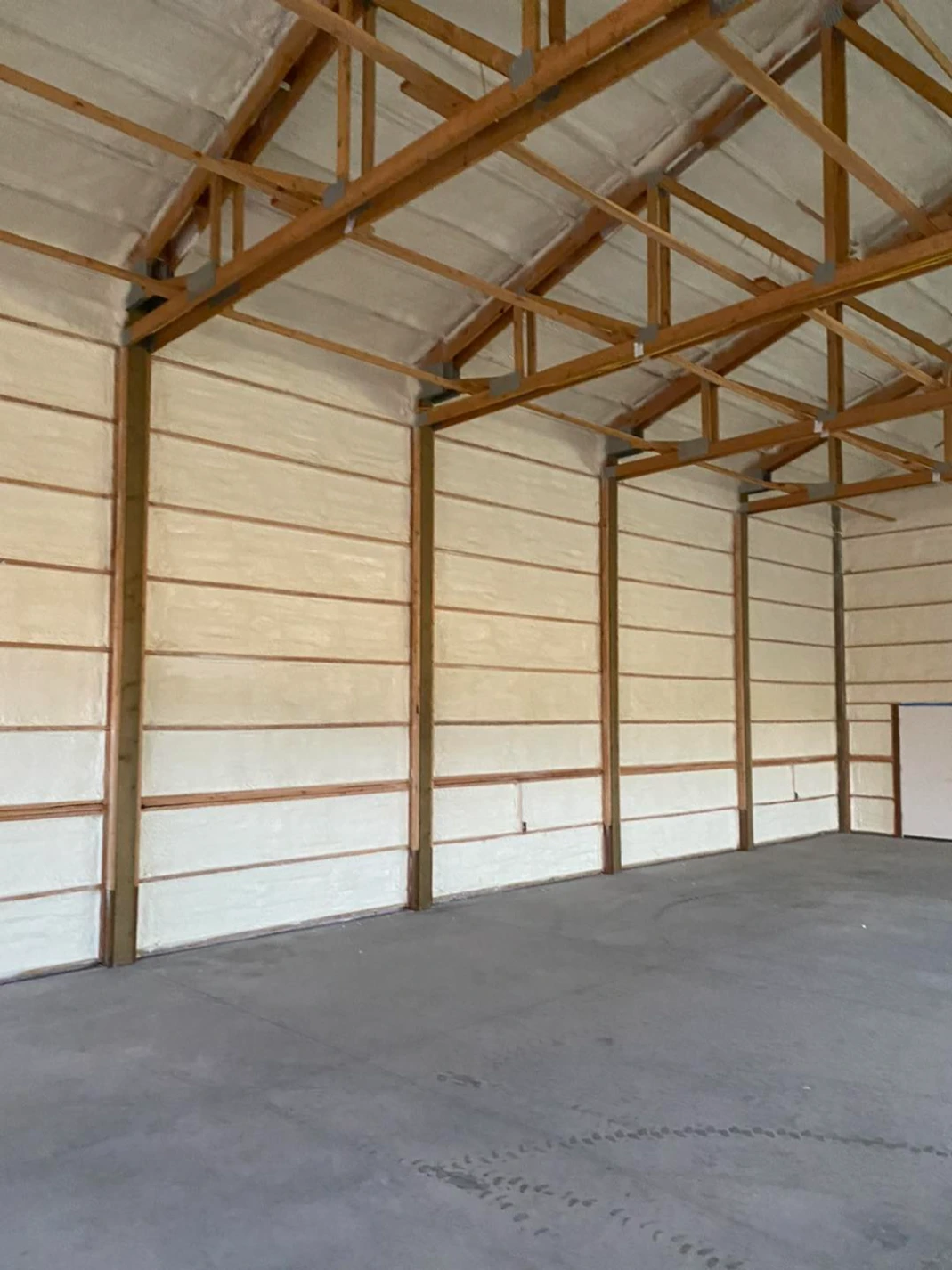
High Country Solutions offers insulation services adapted for winter performance:
Closed cell spray foam. It minimizes warm air leakage that causes snowmelt and refreeze cycles.
Yes, but prep is more complex. Surfaces must be above a minimum temperature and protected during curing.
Yes, especially for chinking gaps and between framing where air leakage is common.
Air sealing effects are noticeable right after installation. Full thermal performance builds as the building stabilizes.
Spray foam offers consistent thermal performance in Jackson Hole’s cold season when correctly selected and installed. Closed cell options provide moisture control and structural rigidity, while open cell foam handles interior comfort efficiently. Evaluate insulation goals based on structure type, moisture exposure, and installation timing for the best outcomes.
Our commitment to healthier indoor environments was recently recognized in a press release detailing our advancements in spray foam insulation.
For expert guidance on insulation that performs in Jackson Hole’s winter extremes, contact High Country Solutions at [email protected] or call (307) 248-9063. Get the right strategy in place for year-round energy efficiency and comfort.
Well-installed spray foam retains insulation value and shape for 30+ years, even in high-altitude winters.
Yes. Codes require thermal or ignition barriers over foam in most applications for safety and fire resistance.
Spray foam doesn’t attract pests, but it won’t stop persistent intrusion unless combined with proper sealing.
Not with proper installation. Closed cell foam acts as a vapor barrier and reduces condensation risk.
Yes. Balanced ventilation (HRVs or ERVs) ensures healthy indoor air quality in airtight buildings.

